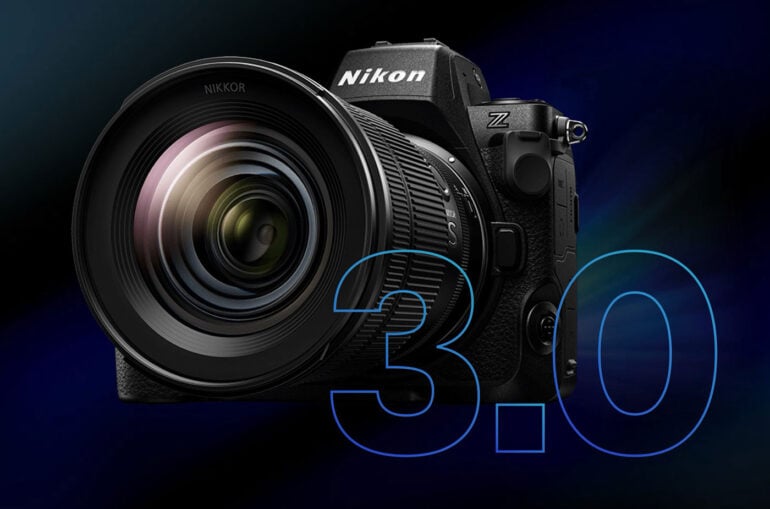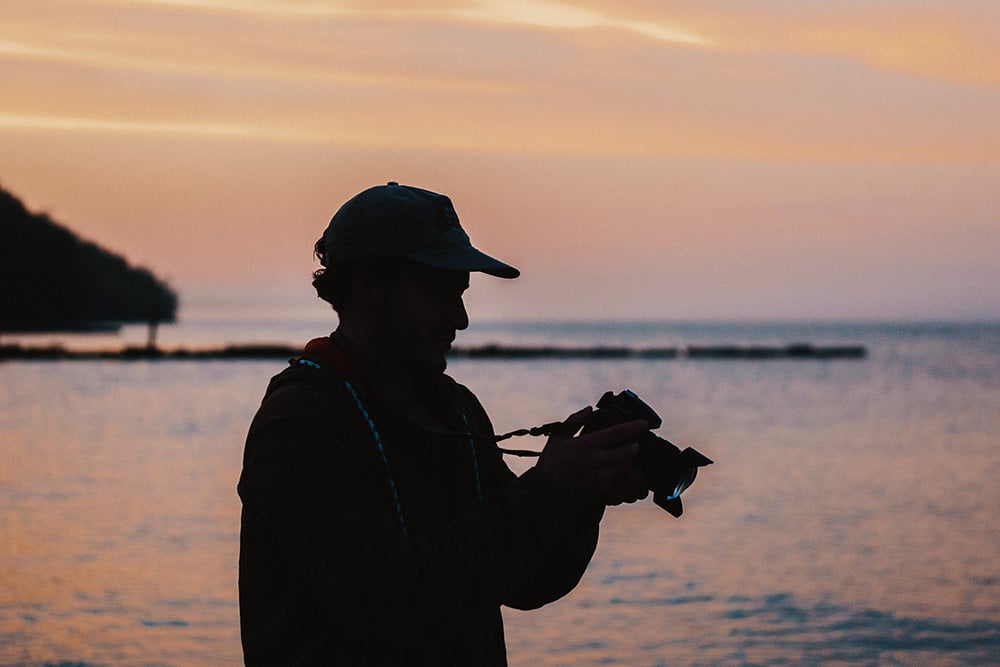Update July 16, 2025: Nikon has released firmware update v3.01 for the Z8. After verification, this update does fix the issue that prevented certain third-party lenses (including Tamron) from functioning properly with the camera.
Update July 4, 2025: Nikon Z8 v3.00: caution is advised before updating if you own Tamron (or Viltrox) lenses.
Nikon has unveiled firmware update v3.00 for its Nikon Z8. The pro camera gains a number of interesting options, such as a Pixel Shift function that can be combined with Focus Stacking and bracketing. Custom image styles can also be downloaded, and a focus range limiter can be set. In addition, the camera is now compatible with the NX Field solution, very useful for professional sports photographers. But what’s left of the Nikon Z9?
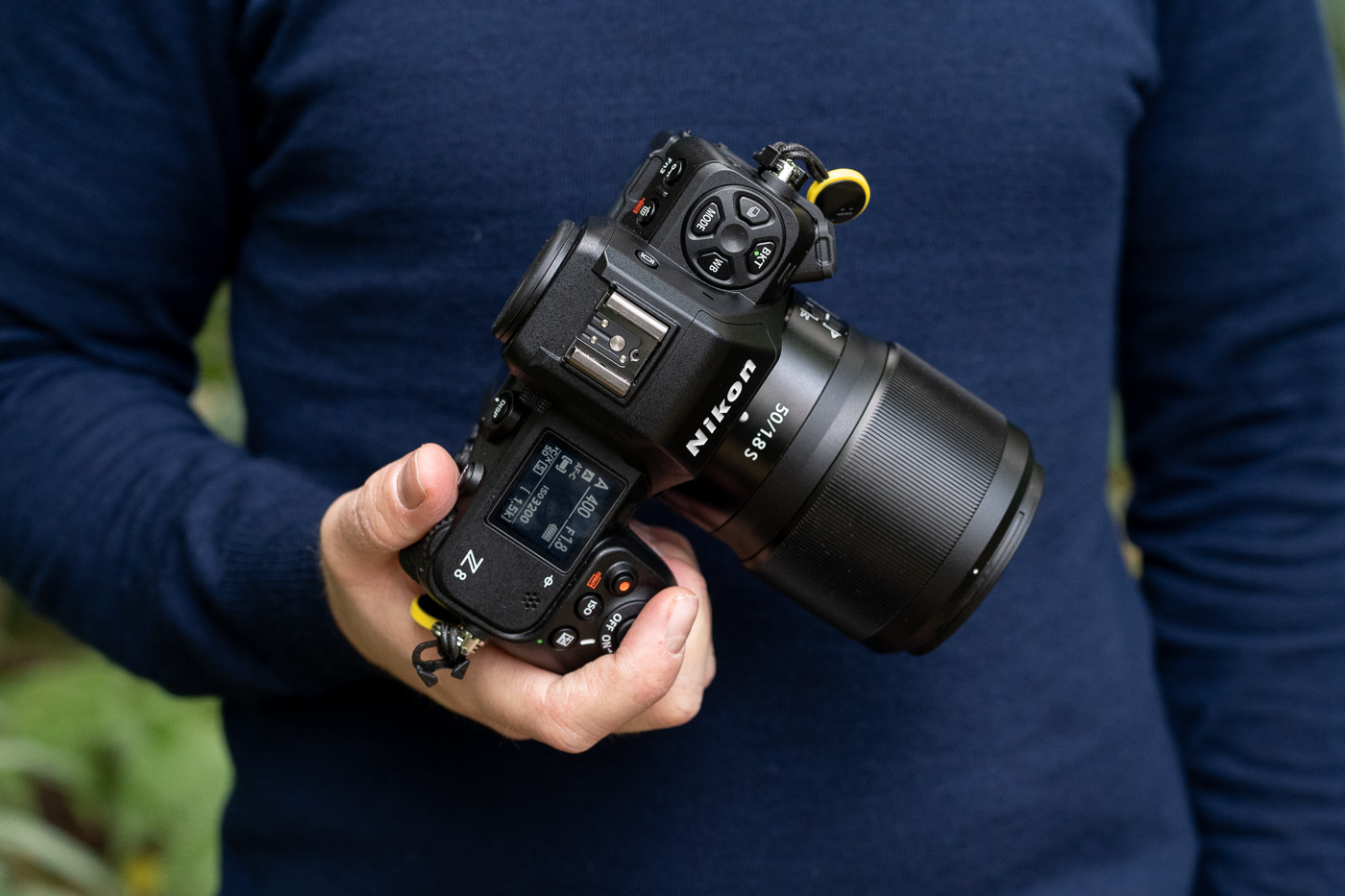
Sommaire
Nikon Z8: the champion of versatility
Launched in the spring of 2023, the Nikon Z8 is still on the move, with new features to keep it in the race for the best pro body, thanks to firmware update 3.00.
Focus stacking + pixel-shift
First of all, this update will greatly enhance the work of specialists in macro or product photography. It enables you to combine the pixel-shift function with focusstacking– while still benefiting from bracketing (exposure, white balance, flash, etc.).
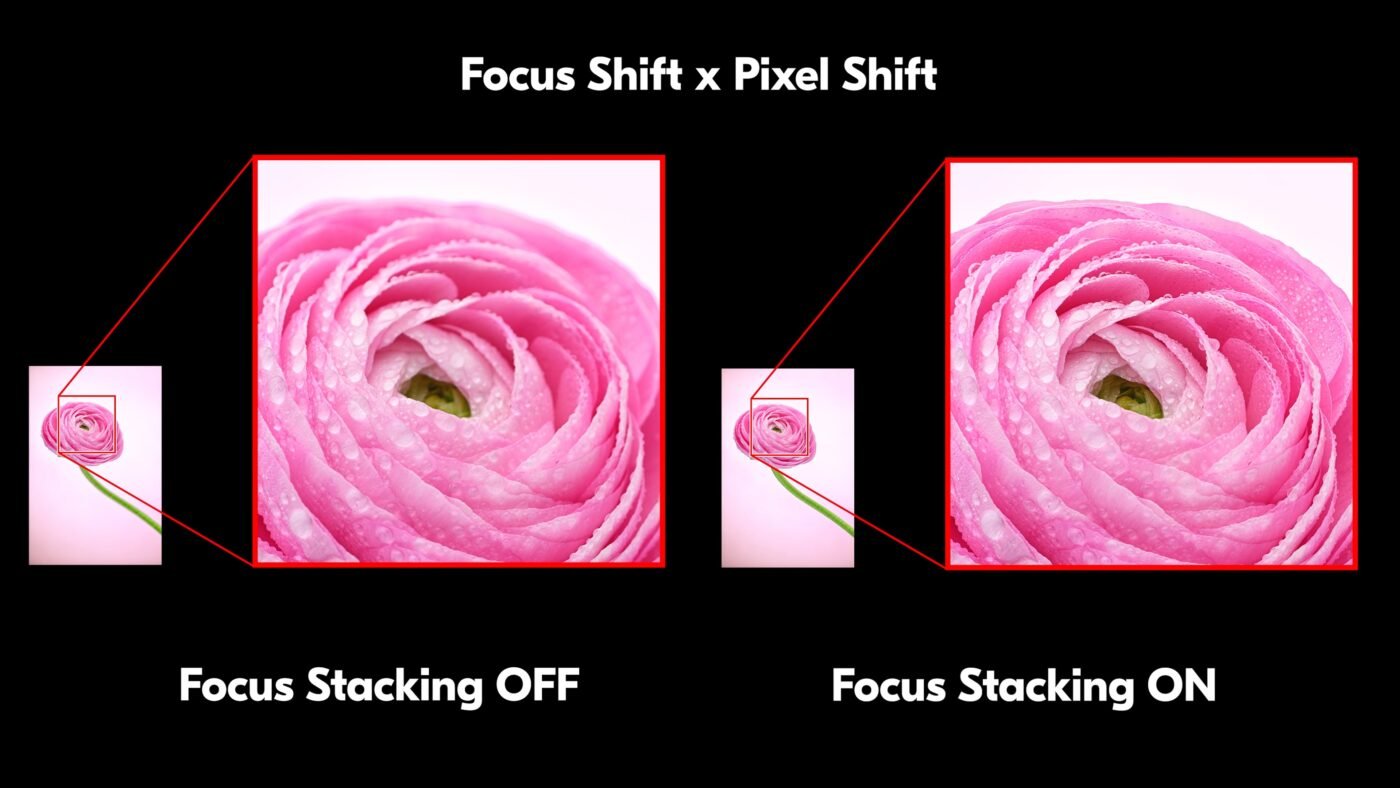

This function will enable you to obtain highly defined shots(180 MP) with a completely sharp subject. It seems particularly attractive for advertising photos, insects, etc.
Internal focus limiter and subject detection in manual focus mode
The focusing system also gains some interesting adjustments. Collimator movement has been accelerated. There is also a greater number of customizable AF zones (up to 135 in stills and 120 in video), with a Custom Wide-Area AF mode that covers 29×17 zones.
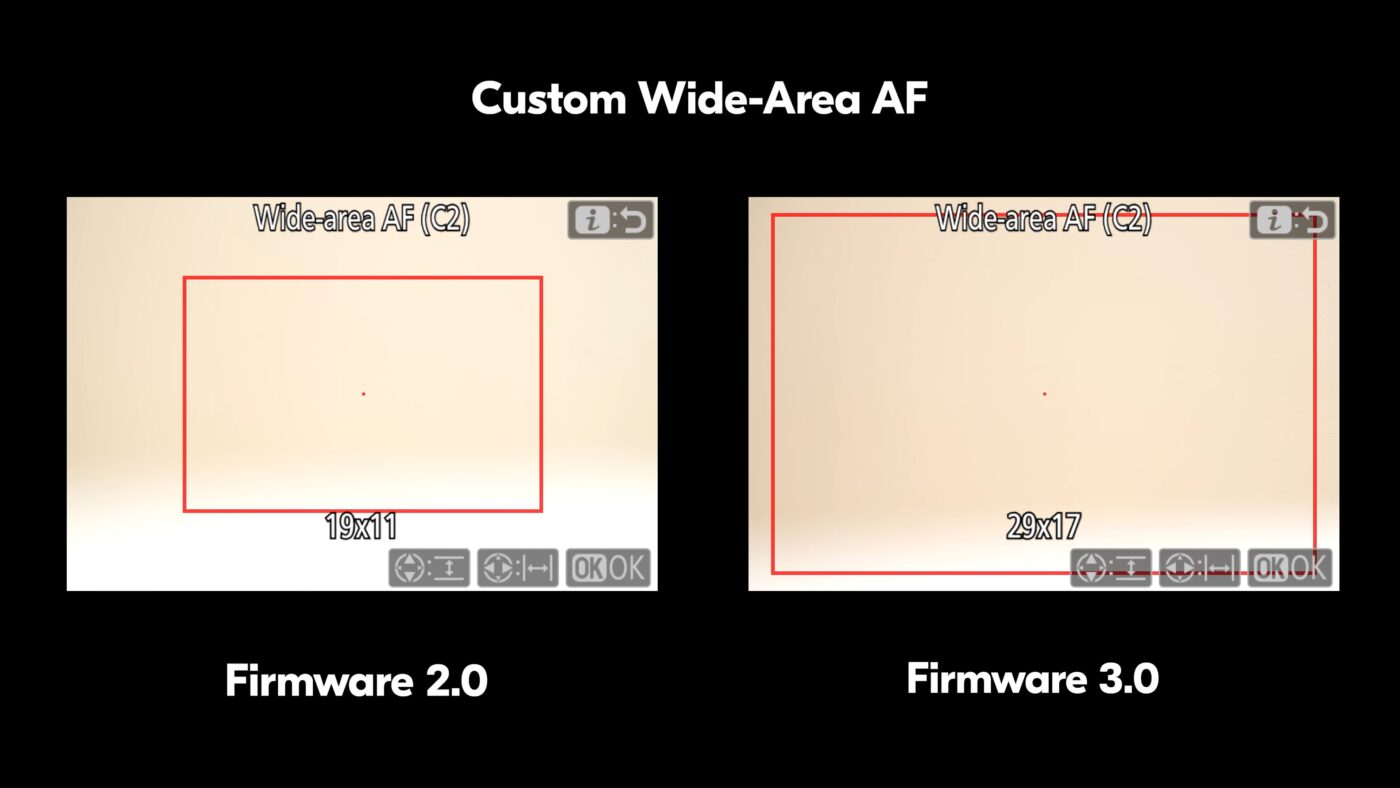

The Nikon Z8 is also the first Nikon camera to incorporate a focus range limiter. This lets you decide the minimum distance at which the camera should focus, and how far it should focus on the subject. This function, taken from the world of macro photography, is here integrated directly into the body, and does not require a lens with a dedicated switch.
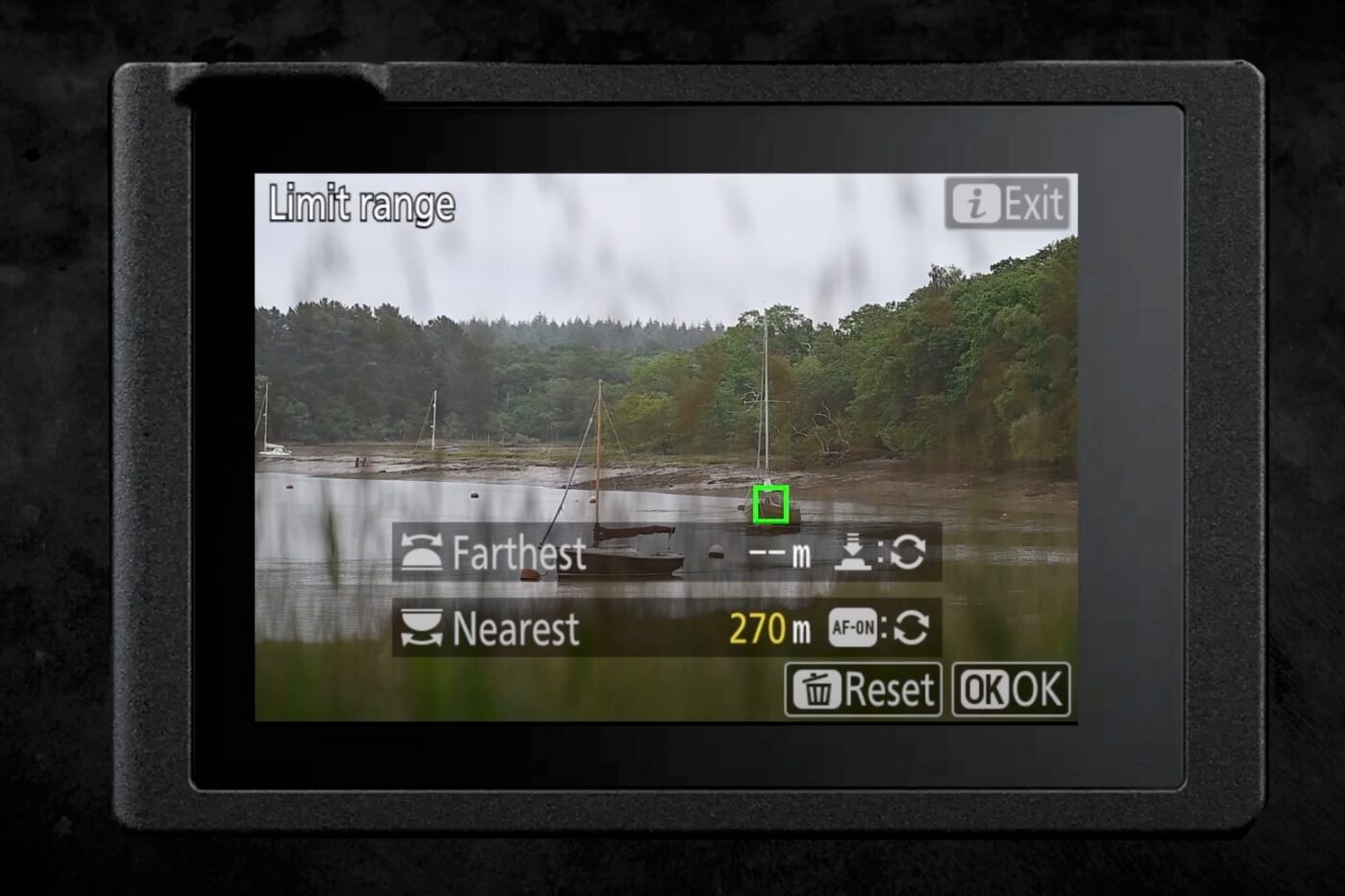

This function is particularly useful for sports or wildlife photographers, who often shoot subjects from a very specific distance. It is also possible to set a button to zoom in up to 400%.
The update also makes the Nikon Z8’s Auto Capture mode more flexible and intuitive: you can now program the trigger date and time in advance, use the function even in manual focus, enjoy a clearer interface, an extended distance detection range, compatibility with C15 burst mode, and a visible yellow frame on the screen to better track the action.
Similarly, the Z8 unlocks an option inaugurated on the Z ƒ: subject detection in manual focus. This ensures that subjects are always in focus, even when autofocus is off.
A preview mode can also be activated at the widest aperture. This forces the lens to open the aperture as wide as possible when aiming. The idea is to enable better viewing in low light, without having to change the aperture you had selected for your shot. Nikon warns you not to point the lens at the sun.
Also, if you have a Profoto A10 flash, the latter’s LED can be used as an AF-assist light in the darkest situations.
Last but not least, the Nikon Z8 benefits from improved noise reduction algorithms, as on the Z9, for even better noise management at high sensitivities and during long exposures. The body also benefits from the Z9’s fine-tuning of flicker frequency, with different types of lamp already pre-registered to reduce the flickering effect.
Creating image profiles from NX Studio
With this update, Nikon now lets you create image profiles for the Nikon Z8 – a feature that’s very much in vogue at the moment.
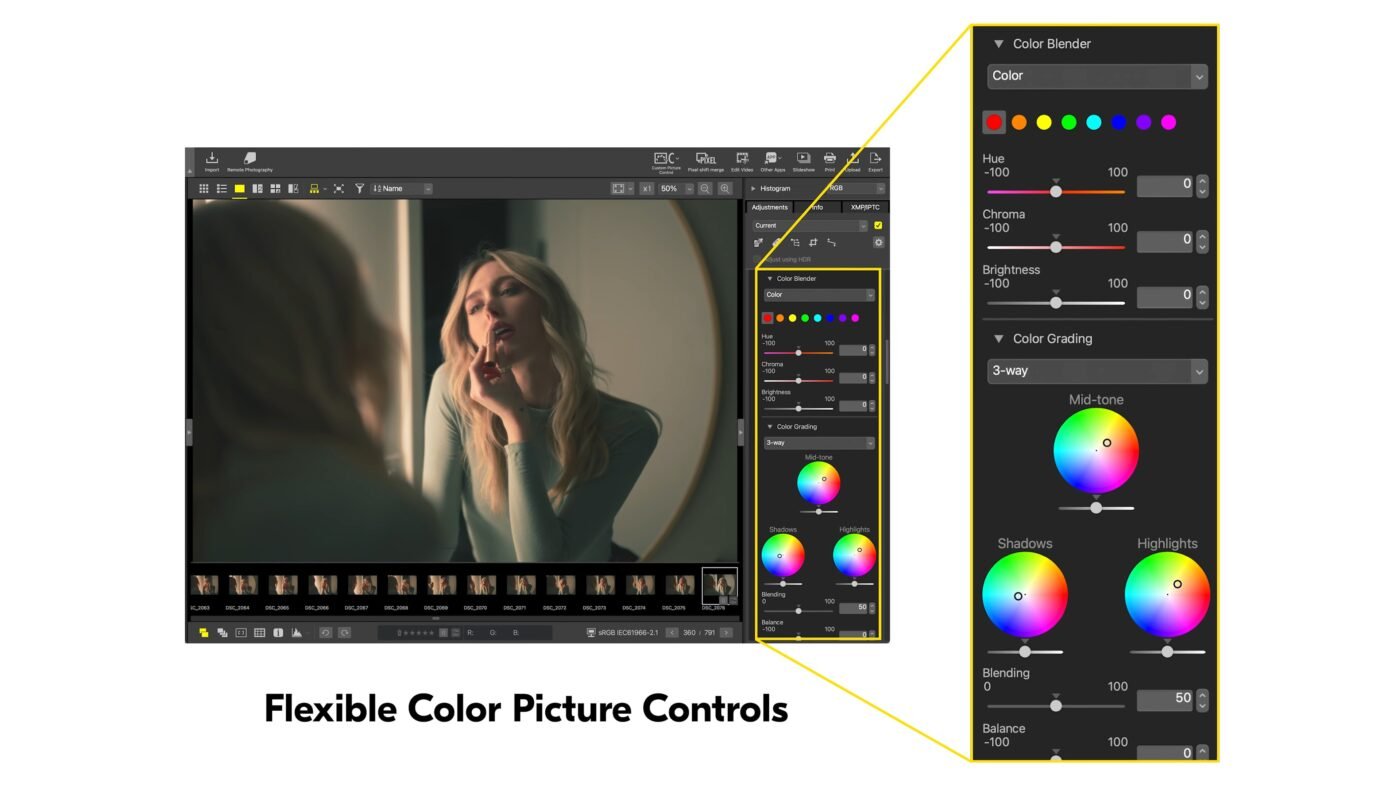

To create these image “recipes”, you’ll need to go through the in-house NX Studio software, design the profile(s) to suit your tastes, and export them to a memory card before installing them on the camera. This is similar to what Fujifilm and Panasonic already offer. It’s a pity, though, that you have to use a computer.
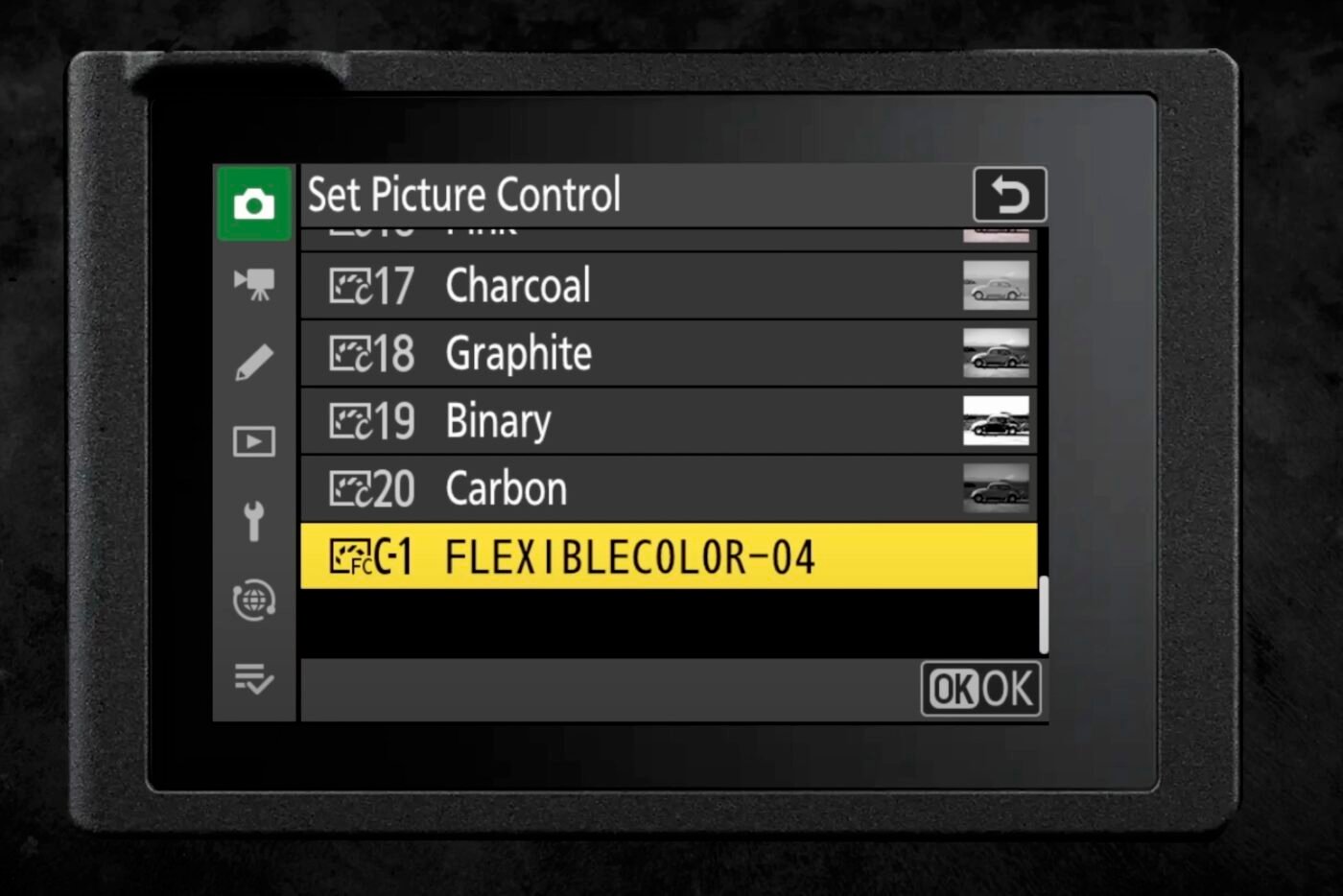

In addition, the ultra-fast burst gains an intermediate high-speed value + of 15 fps (C15, in JPEG only). Other options related to sensitivity management, video shutter angle and customization of certain parameter displays have also been modified. There’s also an improved on-screen preview of N-Log video in Rec.709, and the ability to retain subject detection when using the high-resolution Zoom mode in video.
Nikon has also enhanced this update with minor changes to the layout of certain menus, to further optimize handling and navigation. These include the ability to filter photos by date when viewing them, or the return to source image function if you’ve made changes to an image from the camera.
NX Field compatibility added
Finally, the Nikon Z8 becomes the third Nikon body (after the Z9 and Zf) to be compatible with the NX Field application(iPad OS).
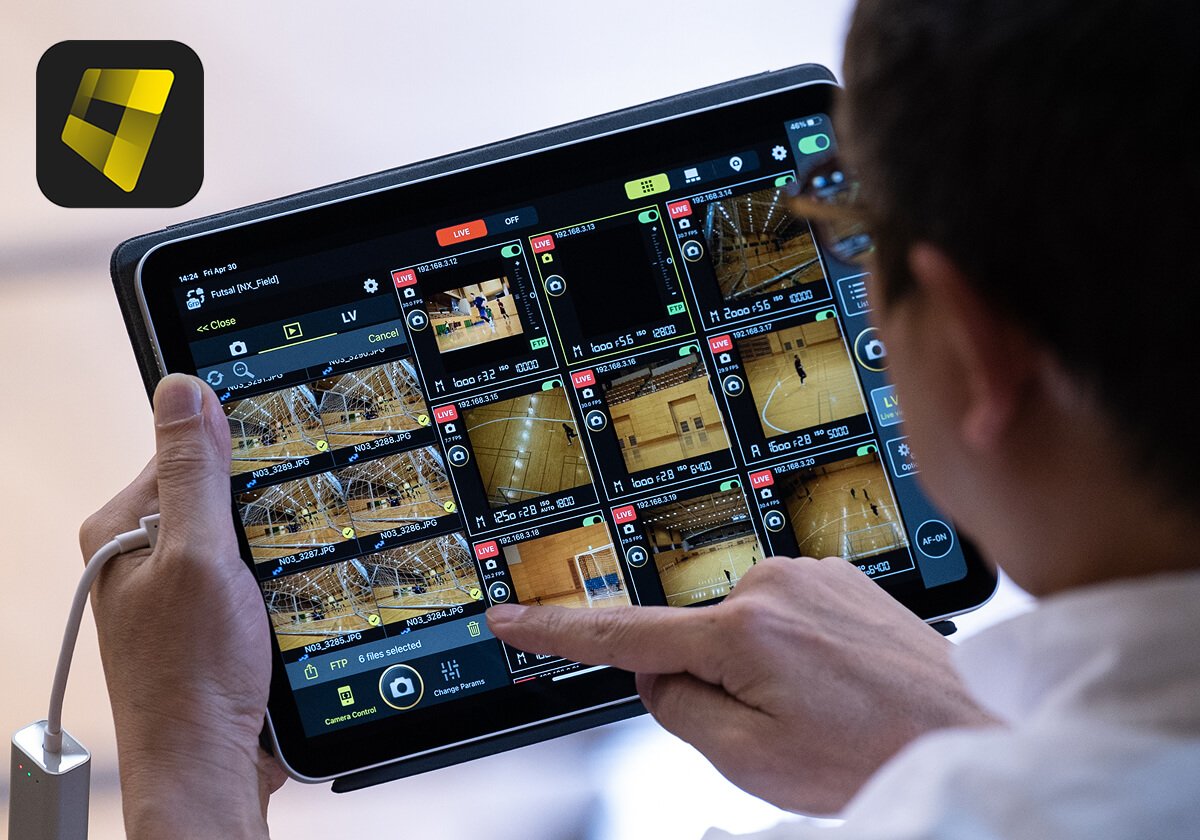

NX Field enables Nikon photographers to remotely – and reliably – control up to 16 cameras from an iPad. Photos and videos can also be transferred directly from the cameras to the iPad or to an FTP server. This is a particularly interesting solution for sports photographers managing a large number of cameras at an event.
For sports or news photographers, the voice memo function can now work with an external wireless microphone.
Update availability
The v3.00 firmware update for the Nikon Z8 is available today, free of charge, on the manufacturer’s dedicated website, where you can find all the details of this update, as they are numerous.
You can also update the camera directly from the SnapBridge application(iOS or Android).
Our first opinion
With this v3.00 update, the Nikon Z8 gains in versatility with a host of new features. Pixel shift combined with focus stacking will appeal to packshot professionals , while the focus limiter will appeal to sports and wildlife photographers.
The addition of NX Studio image-styling capabilities will give your images an instant cachet , while NX Field compatibility will appeal to sports photographers. So many options that make the Nikon Z8 as relevant a professional camera as ever.
Incidentally, this update brings us back to a regular question: what’s left of the Nikon Z9 when the Z8 does so much, for almost €2,000 less? The Nikon Z9 retains its one-piece chassis, vertical grip, sturdiness, longer-lasting battery and a few extra functions (Ethernet, GPS). But in terms of raw performance, the two cameras are very similar.

